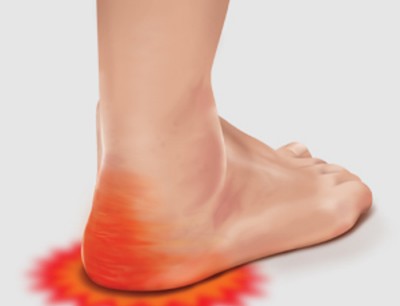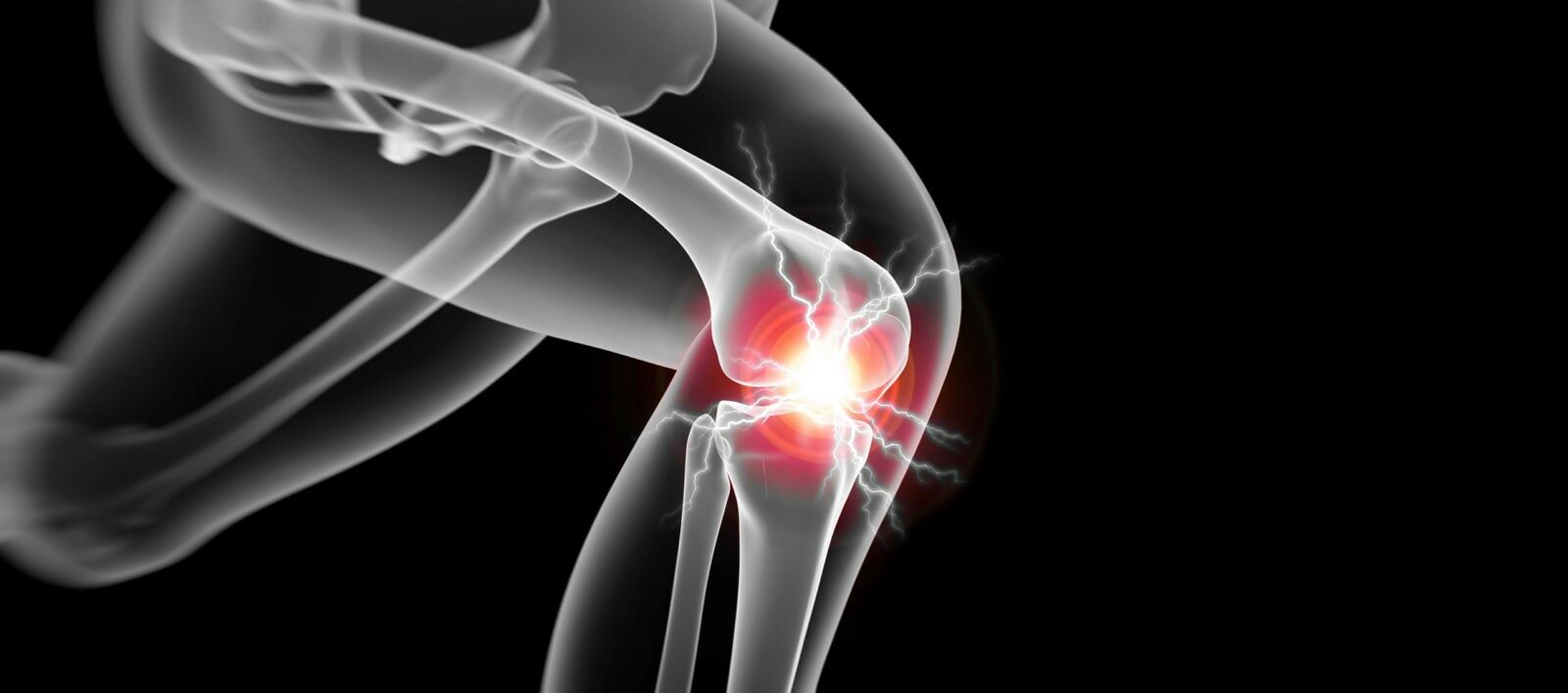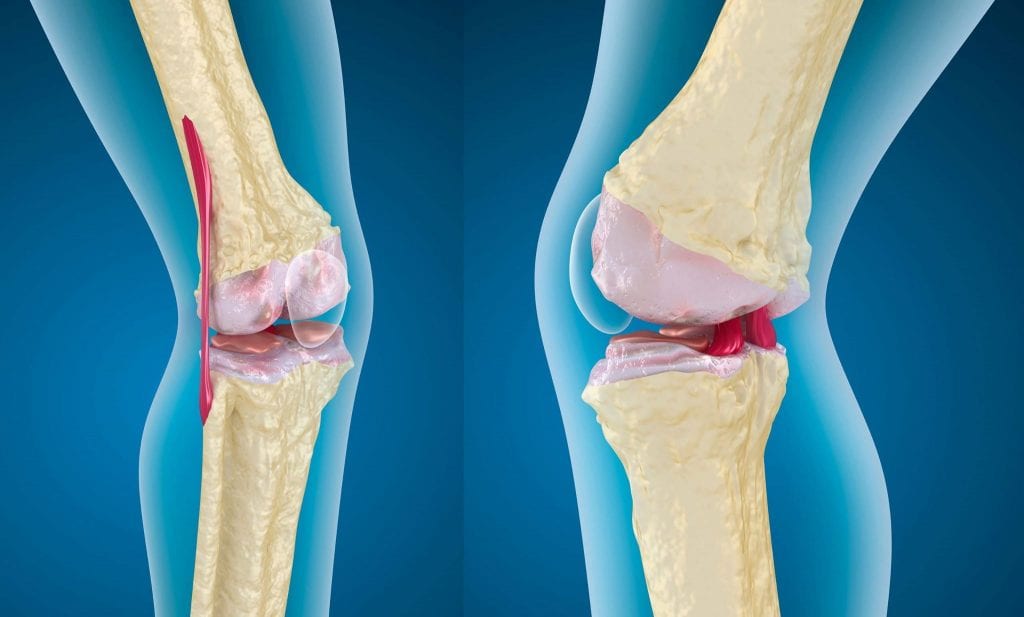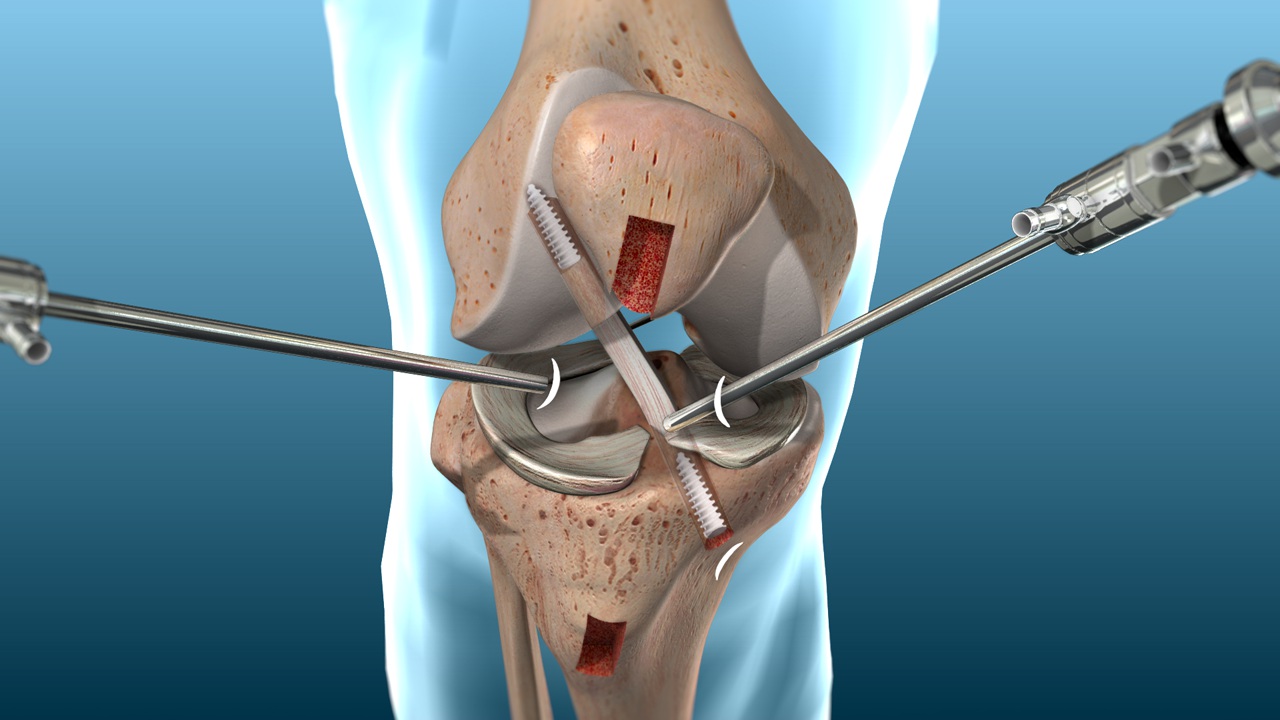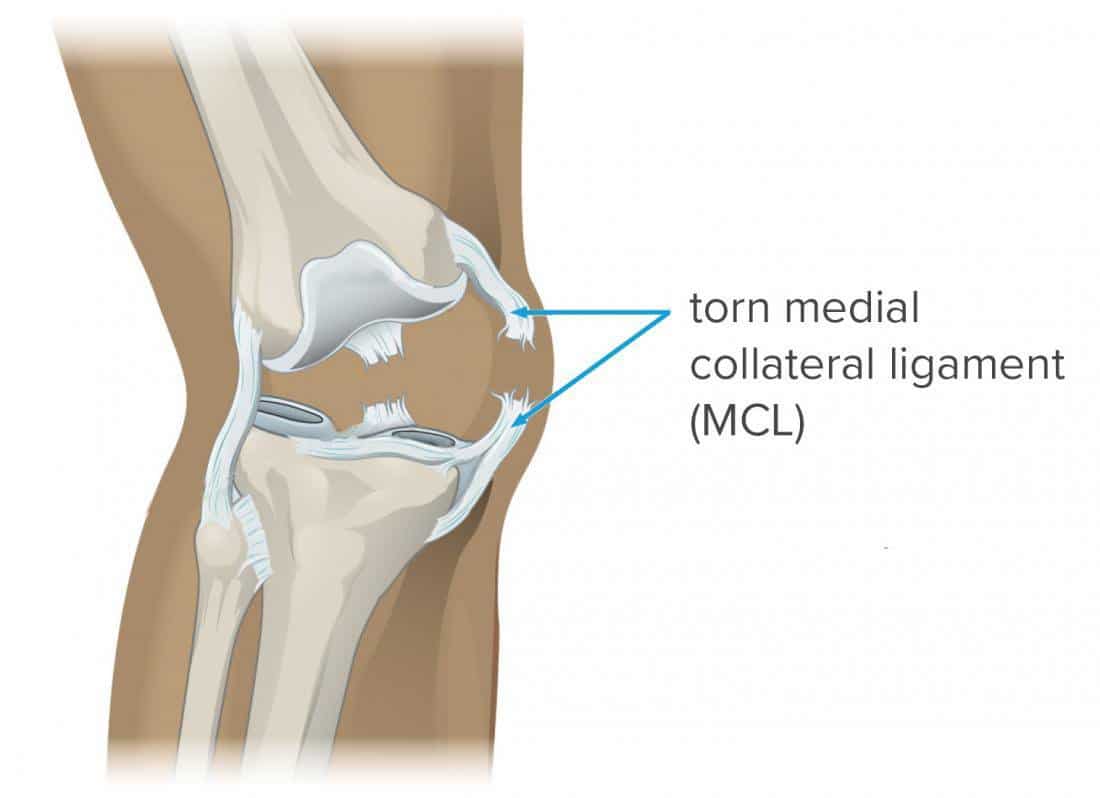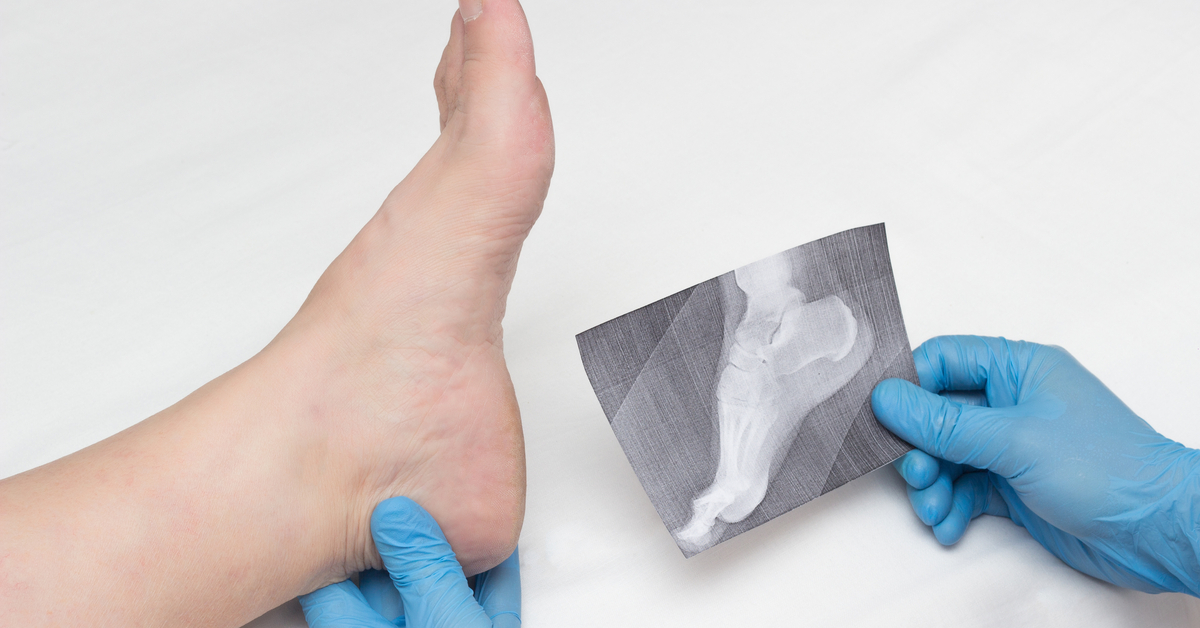What you don’t know about pelvic fracture
Fractures that occur in the pelvic area are the result of exposure to an accident or a strong collision in that area, and the specialist doctor determines the severity of the injury and how to treat it by diagnosing the individual’s condition well, and in the article, we will learn about very important information regarding this issue, so let us read the following.
Pelvic fracture
Fractures that affect the individual in the pelvic region change the shape of the pelvic ring, in addition to that it is associated with severe pain that increases in severity with moving the joint, and the individual suffers clear deformities in the shape of the pelvis, and he is also unable to move the lower limbs, and the pelvic fracture must be treated immediately without delay so that the patient does not have any serious complications.
In the beginning, the patient must undergo a good diagnosis of his condition to identify the appropriate treatment that he will receive, and the doctor uses x-rays that give pictures from different angles to ascertain whether there are fractures or spaces between the bones that have been fractured, and it is good to obtain accurate pictures because this type of fracture is difficult to detect, and through the doctor’s evaluation of the type of fracture, he can determine how to treat it.
Pelvic fracture treatment
Immediately after the patient suffers a pelvic fracture, he must remain stationary without movement so that the symptoms he feels do not intensify and avoid bleeding, and he remains in this condition until he reaches the hospital, and the doctor determines the most appropriate method of treatment immediately after examining the case, and examples of these methods are:
- Performing a surgical intervention to help the bones stabilize them together with medical drugs that look like screws.
- Installing some bone support devices from the outside to keep the pelvis stable in place during the treatment period and prevent its movement.
- Attaching the body with special weights to help the bones to return to their place.
- Prescribing blood thinners prevents this blood clotting because a pelvic fracture causes blood clots.
- The specialist doctor prescribes painkillers according to the severity of the symptoms that the patient suffers from.
- Regular physiotherapy program after a short period of injury to speed up the recovery process and restore the patient’s muscle strength.
A broken pelvis
The fracture that affects the individual in the pelvis is the result of exposure to a severe injury as a result of a strong collision or fall, and in the case of those who suffer from osteoporosis, their bones may be fractured from the slightest thing without the need for the collision to be strong, and the severity of the fracture varies according to the severity of the injury that the individual may have been exposed to, and the following symptoms begin to appear on the injured person:
- Feeling severe pain while sitting or while taking certain positions.
- The pain increased to the point of losing the ability to move the hips well.
- A sensation of pain in the urinary system and the organs that are located in the pelvic area.
- A defect in the nerves that are located in the lower back and coccyx, and in the event of a large amount of blood loss, may lead to death.
Is a pelvic fracture dangerous?
Fractures that affect individuals in the pelvic area are most often the result of very strong accidents, and these fractures have severe damage to the organs that are located near the pelvic bones, depending on the severity of the injury that the individual may have been exposed to and the strength of the collision that he may have been subjected to, and the seriousness of the pelvic bone fracture is because it most likely causes severe bleeding that is difficult to control in many cases.
How long does it take to recover from a pelvic fracture?
The recovery period of the pelvic bones from a fracture varies according to many factors such as the type of fracture that the individual may have suffered and his age, and in general, the recovery period ranges from 8 to 12 weeks, and here are the details of each type of fracture:
- Stable fractures (SF): This type of fracture takes several weeks to heal well and may not require surgical intervention, especially if the patient is young and does not suffer from any disease that may affect the healing of the fracture.
- Avulsion fractures – AF: These fractures can heal on their own by adhering to the doctor’s instructions well and taking plenty of rest without movement, and this is within a period ranging from 6 to 8 weeks.
- Stress fractures – SF: This type of fracture needs a time of 4 to 6 weeks, during which time the patient is in complete bed rest, and with that fracture, he may use some types of medications that help speed up recovery and prevent it from happening again.
Does a pelvic fracture need surgery?
It is not necessary for a pelvic fracture to need an operation to solve this problem, as some injuries can be dealt with in other therapeutic ways and are very effective, but there are some factors that are a sign of the need for immediate surgical intervention, such as:
- The degree of bone displacement from its normal place.
- Exposure to other injuries in the area.
- Stability of the pelvic joint or not. Stability can be identified in the presence of one type of fracture, non-moving of the bones from their place, and the presence of light bleeding. In the case of instability of the joint, there is more than one fracture in that area, and the bleeding is from moderate to severe.
How do you know you have a pelvic fracture?
When pelvic fractures occur, many symptoms begin to appear on the individual, which are according to the type of fracture that he may have been exposed to, and here are the most important of these symptoms:
Symptoms of a fixed pelvic fracture
This type of fracture is painful in all cases, and the symptoms are as follows:
- A feeling of pain that intensifies when moving.
- Pain in the pubic area, lower back, buttocks, and pelvic area.
- Suffering from swelling and swelling in the pelvis.
- Numbness and tingling in the injury area.
- The occurrence of internal bleeding in the form of colored bruises, bleeding from an open wound, vaginal bleeding in women, or the appearance of blood in the urine.
Symptoms of a pelvic fracture
Fracture of the movable pelvis, the symptoms of which are as follows:
- Feeling a sharp pain in the pelvis, abdomen, back, and feet.
- The body goes into shock.
- Heavy bleeding is not easy to stop and may cause low blood pressure.
- Exposure to fainting.
- Pale skin color.
Pelvic fracture treatment
The treatment of the pelvic joint crack depends on the injury that the individual may have been exposed to, and also depends on the duration of the pelvic crack treatment, as the specialist doctor is the only one who can identify the extent of the damage to the pelvic joint and how to deal with it, and accordingly determines the most appropriate method of treatment and what is the physiotherapy program that will be suitable for the patient.
- Complications of a pelvic fracture
- The occurrence of infections or infections in the area that is close to the surface of the skin.
- Roughness in the pelvis as some injuries may damage the cartilaginous surface of the joint.
- An injury to the sciatic nerve.
- Facing a problem known as heterogeneous ossification.
- Bone deficiency disease.




